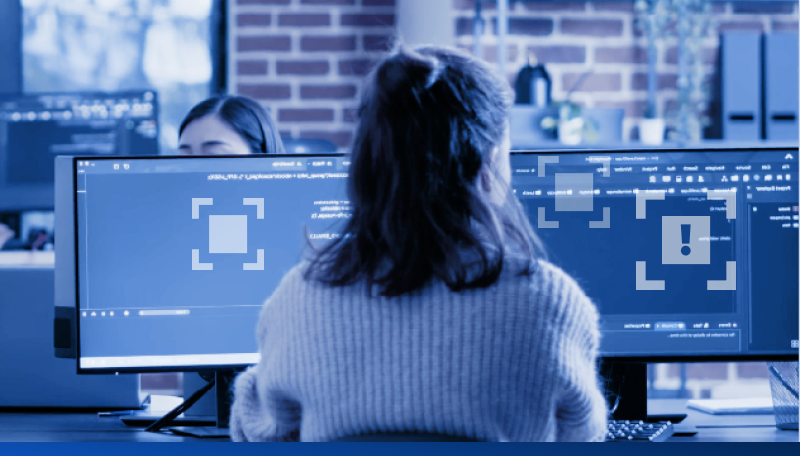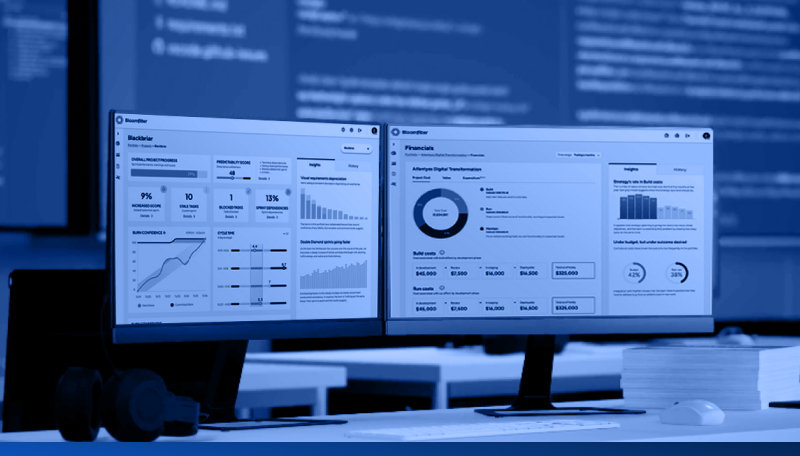
Process Mining and Generative AI: The Dynamic Duo Reshaping Agile SDLCs
What is the goal of following a software development lifecycle (SDLC)? It's to deliver a high-quality, cost-effective software product that exceeds customer expectations within the fastest possible production time.
That's a tall order.
There are many setbacks when developing and managing product releases, ranging from poor communication or testing to bugs or broken code to constantly changing requirements.
Certain technology breakthroughs are proving invaluable for companies using Agile frameworks in their SDLC. We know these top two breakthroughs, process mining and Generative AI, will improve your SDLC practices like never before.

At SoftServe, our 30 years of experience as a global IT leader has taught us a great deal about software development. This is underscored by our recognition as a Challenger in the November 2023 Gartner® Magic Quadrant™ for Custom Software Development Services, worldwide. You can read more about that here.
An excellent partnership
Process mining involves analyzing event logs to extract insights about current processes, identify bottlenecks, and discover opportunities for improvement. By using process mining, you gain a better understanding of your current development workflow and the issues within it.
Process mining can help answer crucial questions for Gen AI to effectively automate and optimize your software development, such as:

- What are the current steps and activities in our software development process?
- Where are the bottlenecks or inefficiencies in our current process?
- How do different teams or individuals interact during the development process?
- What are the typical paths and variations in our development process?
By providing answers to these questions, process mining identifies areas where Gen AI can be the most beneficial in automating repetitive tasks, optimizing resource allocation, and improving overall efficiency in the SDLC.
Getting started with process mining
SoftServe's clever team understands the importance of knowing your SDLC process thoroughly and answering critical questions about it. That's why we created DevIQ. It combines process visibility and SDLC advisory services to help you transform your software development processes, delivering high-quality software features faster.

DevIQ significantly enhances software development lifecycles by revealing valuable insights and strategically applying process mining principles and tools like Bloomfilter — a process mining tool that helps analyze and optimize software development processes.
Bottom line: DevIQ can help you save up to 20% of your software development budget while delivering tangible results in just ten days.
Leverage DevIQ to make sure your software projects are efficient, punctual, and perfectly aligned with your business goals, and then get ready to use Gen AI to automate and optimize; we can help with that, too.
To learn more about how SoftServe can help improve your SDLC practices with DevIQ, visit our website.

